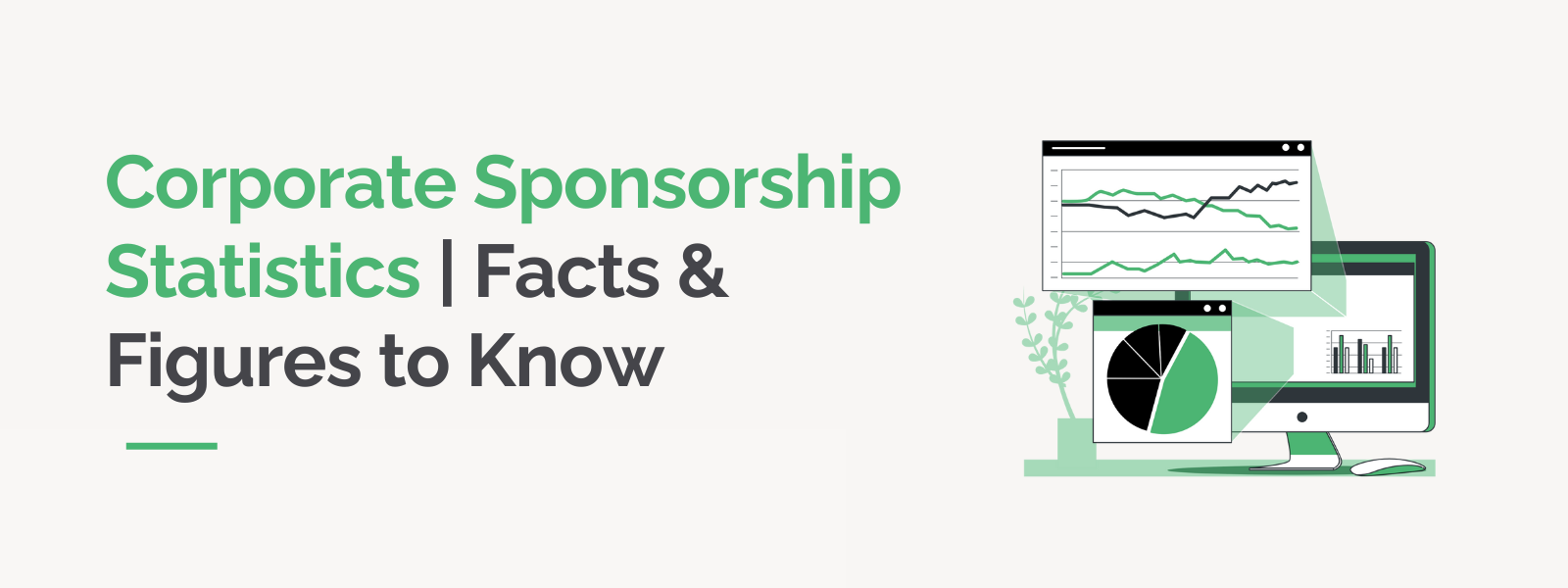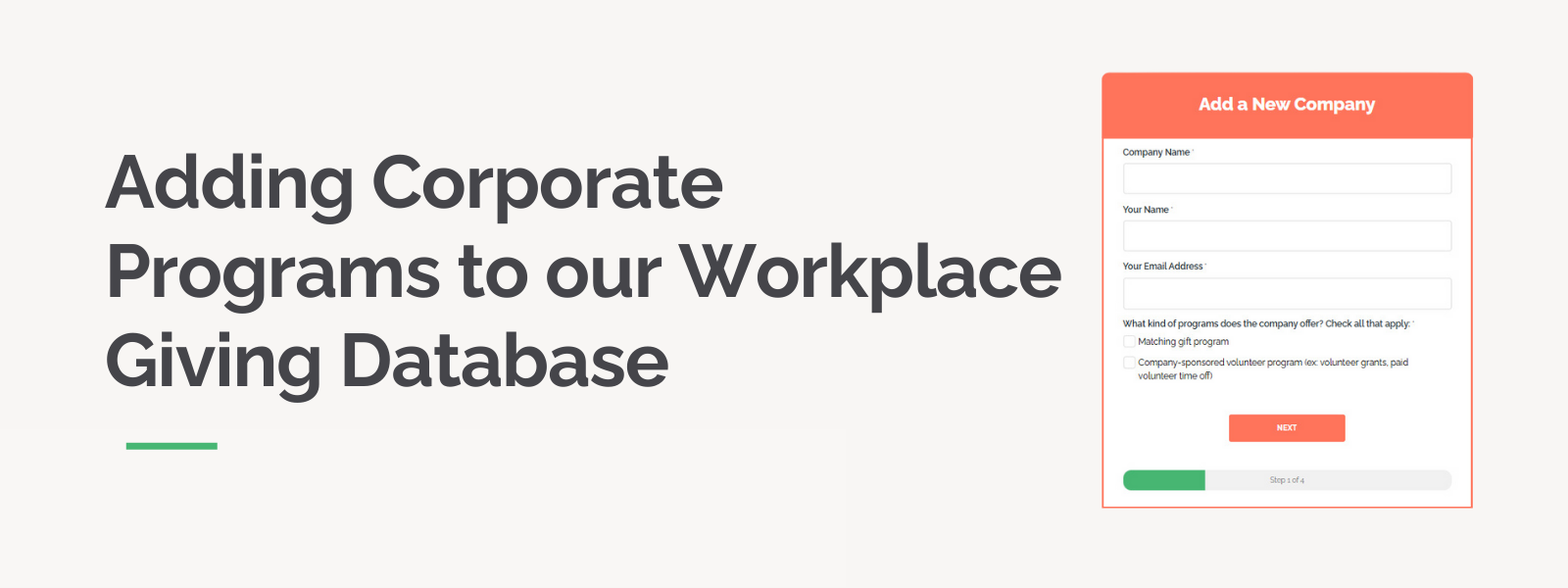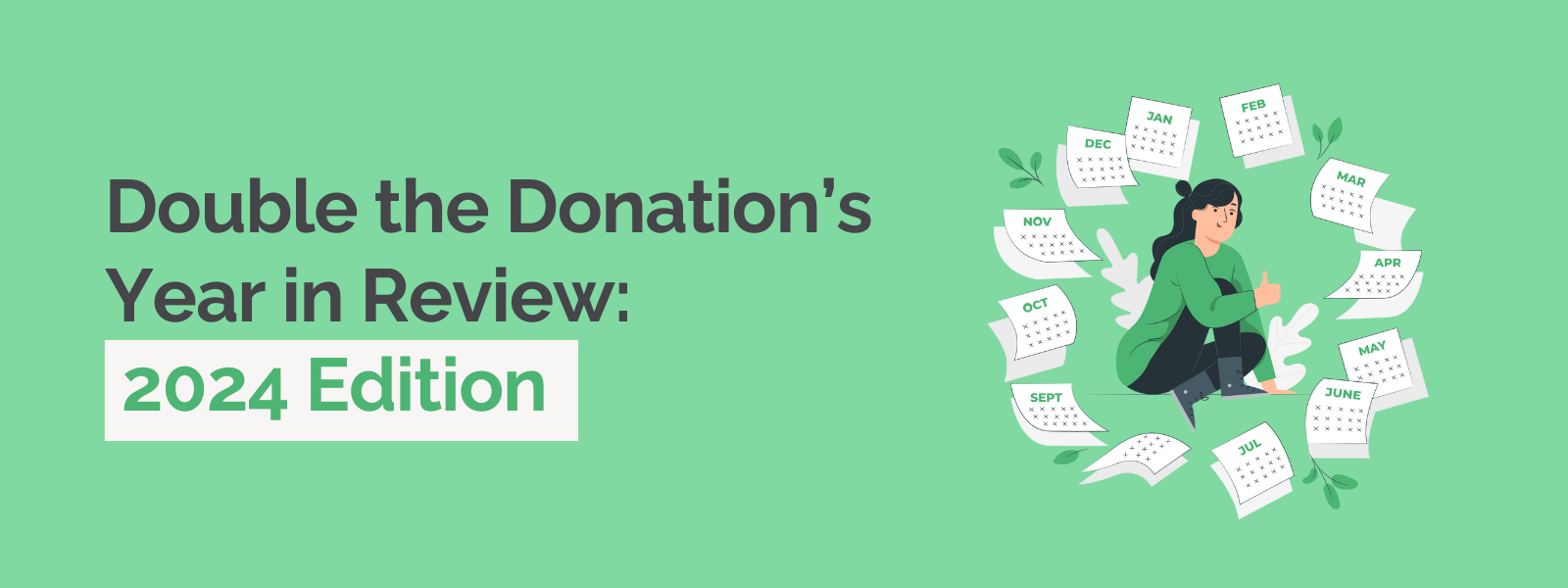 https://doublethedonation.com/wp-content/uploads/2024/11/DTD_Marketing-Template_Download.png
1296
2000
Adam Weinger
https://doublethedonation.com/wp-content/uploads/2025/11/DTD-horizontal-logo-300x63.png
Adam Weinger2024-11-19 19:00:222025-10-06 16:24:27[Free Download] Matching Gift Marketing Plan: Template
https://doublethedonation.com/wp-content/uploads/2024/11/DTD_Marketing-Template_Download.png
1296
2000
Adam Weinger
https://doublethedonation.com/wp-content/uploads/2025/11/DTD-horizontal-logo-300x63.png
Adam Weinger2024-11-19 19:00:222025-10-06 16:24:27[Free Download] Matching Gift Marketing Plan: Template
Volunteerism Trends in 2025 | Corporate Incentives and More
Did you know that the value of a single volunteer hour (according…
 https://doublethedonation.com/wp-content/uploads/2024/11/DTD_Corporate-Sponsorship-Statistics-Facts-Figures-to-Know_Feature.png
600
1600
Kyra Engle
https://doublethedonation.com/wp-content/uploads/2025/11/DTD-horizontal-logo-300x63.png
Kyra Engle2024-11-18 18:19:242025-12-04 14:40:45Corporate Sponsorship Statistics | Facts & Figures to Know
https://doublethedonation.com/wp-content/uploads/2024/11/DTD_Corporate-Sponsorship-Statistics-Facts-Figures-to-Know_Feature.png
600
1600
Kyra Engle
https://doublethedonation.com/wp-content/uploads/2025/11/DTD-horizontal-logo-300x63.png
Kyra Engle2024-11-18 18:19:242025-12-04 14:40:45Corporate Sponsorship Statistics | Facts & Figures to Know![How to Track Corporate Sponsorships [A Nonprofit's Guide]](https://doublethedonation.com/wp-content/uploads/2024/11/DTD_How-to-Track-Corporate-Sponsorships-A-Nonprofits-Guide_Feature.png)
How to Track Corporate Sponsorships [A Nonprofit’s Guide]
Corporate sponsorships play a vital role in helping nonprofits…

Adding Corporate Programs to our Workplace Giving Database
In today’s landscape, companies are increasingly focusing on…

Double the Donation’s Year in Review: 2024 Edition
As we wrap up 2024, it’s the perfect time to look back and…

Matching Wednesday: Drive Matching Gifts Post #GivingTuesday
After the whirlwind of #GivingTuesday, many nonprofits find themselves…

Volunteer Grants for Faith-Based Groups: A Crash Course
In the landscape of corporate philanthropy, volunteer…

How to Increase Matching Gift Revenue in 30 Minutes or Less
Are you looking to increase matching gift revenue but don’t…

VolunteerMatters and Double the Donation Launch Partnership to Support Corporate Volunteerism
Double the Donation is excited to announce its latest partnership…

